I use Artificial Intelligence. And here’s the thing I know to be true: AI is a tool. It will no more replace artists than the camera did. Check your history—there was a huge outcry and debate when the camera was introduced. But after the noise settled down we realized that the camera opened up a new form of art, of storytelling, and of documenting life and history. We all take photojournalism as a given, but that wasn’t the original conversation.
AI is a tool that I’ve been interested in for decades. Although this topic seems new, I was fortunate to be taught and mentored by one of the pioneers of this technology. If you want to know more about the origin story of Artificial Intelligence, listen to episode 6 and episode 7 on Authorpreneurs Unleashed where I interview Dr. Hugh Burns. He wrote much of the original coding as a tool and prompt for his college writing students. He then worked with computer companies and the Air Force to further develop the technology. Dr. Burns is a computational rhetorician who taught digital composition before most people had a PC in their homes.
Every industry grows and develops tools to simplify its processes and workflows. Thirty years ago, my husband started his twenty-year career in banking. He loved interacting with his customers when they came into the bank to cash their paychecks, to reconcile their bank statements, to deposit their business receipts, or to help folks get business, mortgage, or car loans. His job was people-centered and he felt like he was serving the community. And then came direct deposits—people no longer needed to come cash or deposit their paychecks. And then came the ATM—no one was stopping by to get cash or talk about the date night or vacation they needed the cash for. And then came online banking—no one needed help to reconcile their statements or apply for loans. And then he was downsized. So he changed careers and became a licensed professional counselor because his passion and gifting was in serving his community.
What technology does in any industry is to take over the easier and routine tasks that can be digitized, and allow people to do more of the higher level thinking and creative work that machines cannot do. Every industry transforms and develops thanks to technology. This is not new. I understand the fear, frustration, and anxiety of those who realize their job may be outsourced to this “new” technology, but the fact is that it will open new opportunities for those willing to learn and change. My husband is way happier as a counselor than he was as a banker. He took those skills and applied them to a new profession. Others took the freedom from routine daily tasks and moved up into higher levels of banking.
I have a dear friend who is a graphic designer. She has a master’s degree from a prestigious university for a specific field of graphic design. AI art has allowed her to develop a new way of using her talent and education, to be creative in ways that were not possible before.
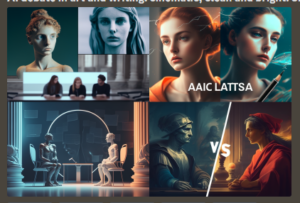
First draft from the prompt on #MidjourneyAI.
I use both AI art and writing tools. In deciding on which tools I wanted to use, I researched and tried out a number of them. Like any other computer program, “Garbage In = Garbage Out.” If you don’t know how to give the right commands to the AI app, you will not get a product you can use. Skilled artists who know the working vocabulary, and understand color and perspective and all the “art things,” are creating amazing works of art. Most of the rest of us are creating some very basic, if not awful images.
Same with the writing tools. I find most of the programs initially create a shitty first draft. And you can see across the internet that many people are posting those without knowing how bad they are, either because they don’t have command of the language or because they aren’t skilled enough to realize that it’s only a first draft. But we also know writers who also published their own original work without command of the language, good editing, or multiple revisions directly to KDP, and gave indie authors a bad rep.
The tools currently available have differing levels of function and purpose. Canva is rolling out their AI art generator, and so far, it’s quite basic and doesn’t allow for variations and revisions. But it’s not designed to create art. It’s purpose is to create basic images for marketing and education content. If you will remember back a few years, the graphic design community was also up in arms about Canva bringing design to the masses. Midjourney AI is a more developed and sophisticated tool that can be used to create everything from foolishness to concept images to fine art. I have used it to create images for my D&D game and friends, for my website, and for my social media clients. I use it primarily to create unique images that will live a short time in my social media posts, newsletters, or blog. But I can’t create fine visual art because I don’t have the eye, the training, nor the skill needed to create that in any medium. When I need something more advanced or specific, I will still be calling on artists and designers.

Version I chose to develop, second draft.
The same is true for the writing apps. In the writing community we have been using tools like Scrivener (where I am drafting this piece), Grammarly, ProWritingAid, and others. We google rather than interviewing people or driving to the library. We have a bewildering array of tools, resources, and courses that were not available to our parents and grandparents, and that in itself has increased the demand for what we write and allows us to be more prolific. For better or for worse. We still know the difference in quality between those who are skilled and practiced and those who aren’t, regardless of the tools used. There are writing AI tools for marketing/copywriting like Jasper, creative writing tools like AI Dungeon and StoryLab, analysis/revision tools like AuthorsAI/Marlowe, and the editing tools we already mentioned. These tools all require humans to dream up the basics, to be creative in giving commands, and then being skilled enough to choose what results are worth keeping and what aren’t, and then to go back and make revisions.
Because I do so much copywriting, I subscribe to Jasper. It was developed by marketing professionals and copywriters as an aid to those of us who do that sort of thing. It even includes a plagiarism checker and Grammarly. Do I feel like it will replace me? Absolutely not. I still have to figure out my (or my client’s) brand, purpose, audience, create the command strings for Jasper, and then choose from the results and revise for voice and add personal interests and experiences into the copy. I tend to use it for idea generation and first drafts. I then do revisions, my own research, run it through the content improver template, and revise it again. If I didn’t have years of writing experience and education behind me, I might be satisfied with that shitty first draft. But I know better.
And, side note, did you know that the social media platform’s algorithms and users know better, too? We are seeing that posts that start and end with AI generated content are not getting the reach, impressions, or engagement that human-touched content is getting. This seems to prove my point.
I chose not to use AI for creative writing (at least at this point) because I am still interested in learning and practicing those skills for my own personal amusement and relaxation. Although I have a couple stories published, creative writing (and the creative writing community) is my passion, not my job.

After more revisions to the Midjourney prompt
AI tools are just that, tools. They cannot duplicate our life experiences, worldviews, desires, or dreams. Those are the qualities that separate words and images from art. Good storytelling, whatever the medium, requires experiences, creativity, perspectives, personality, and voice that are all uniquely human traits. It’s why there are less than a dozen basic plot-lines, but untold millions of unique books published. It’s why I could post an image and writing prompt on the board at the beginning of class for 150 students, and every paper turned in would be as individual as the student who wrote it.
If you want to know more about the current AI debate in the visual art world (which absolutely relates to the writing community), I recommend you watch these two videos:
- “Lawyer Explains Stable Diffusion Lawsuit (Major Implications!)” by Corridor Crew, 16 min.
- “Stop the Lies! – A.I. made art does not steal art!” by Shadiversity, 1 hr 30 min
Another resource I would love for you to check out is @SleeplessDreamer_ai on Instagram. Images are created in Midjourney and posted to inspire storytellers, whatever their medium, to create new stories and new art. What do you think?
By the way, I did NOT use AI to write this post, although I did use Midjourney AI to create the images. You may argue that the copy would have been better if I had used AI 😉. I’m curious if you have experimented with any AI tools. If so, how you use them, and what you have found to be their strengths and weaknesses. Please let me know in the comments.

This is the final version I created. I wouldn’t hang it on a wall of my home, but felt it answered the prompt regarding the AI Debate and suited my purpose here.
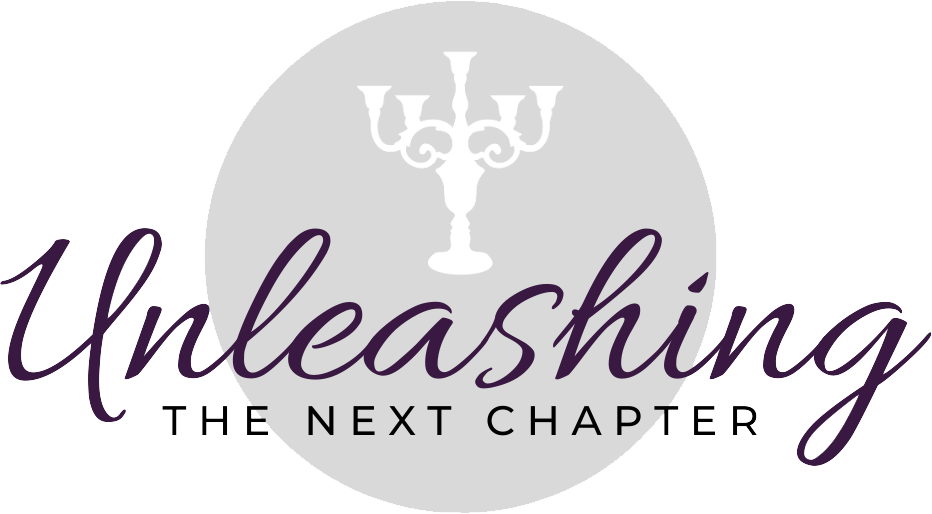
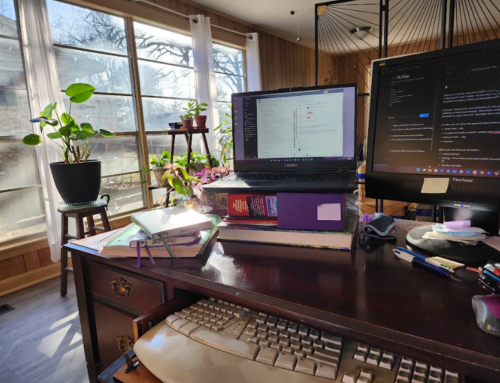
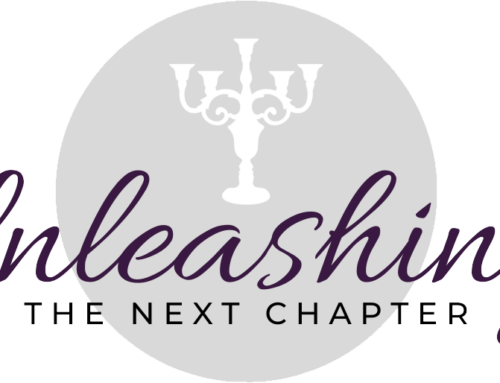
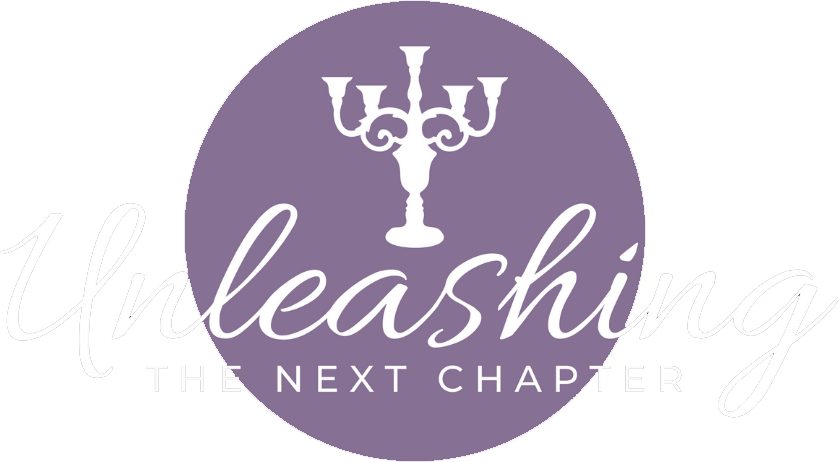
Thanks for posting this insightful, informative article on leveraging AI, Kathryn. The world around us is always changing. Technology certainly has impacted how we create art. Great post! Thanks for sharing!
This is a well-written article, I especially appreciate the way you took a look at how AI will whether or not we want it to, impact the writing space (and realistically everything will be impacted). Thanks for the read, it was very enlightening.